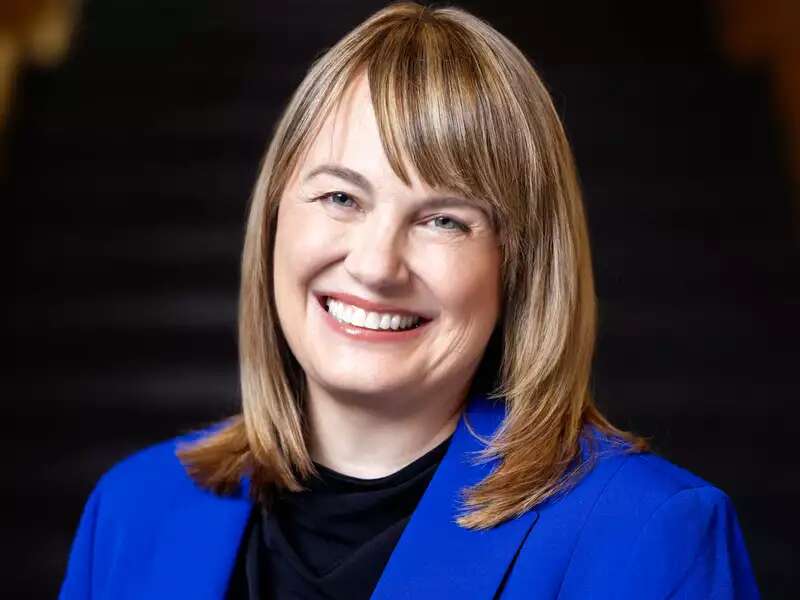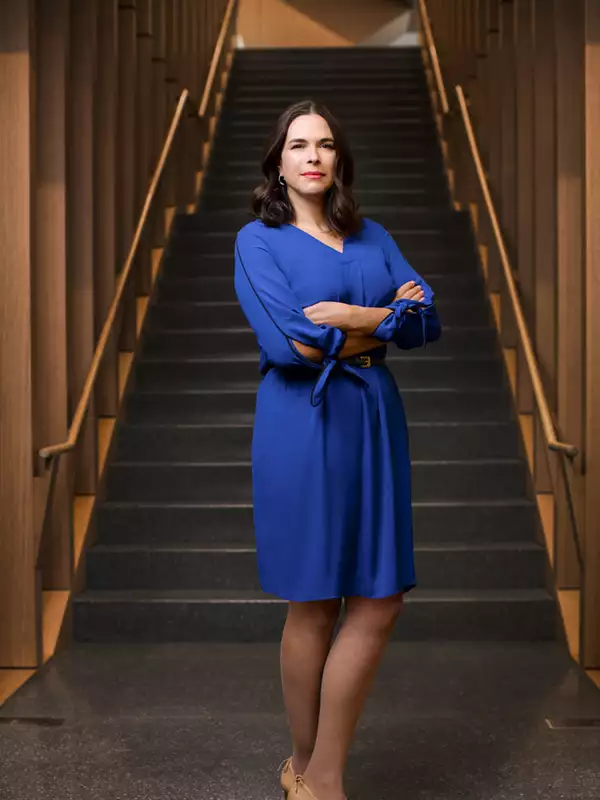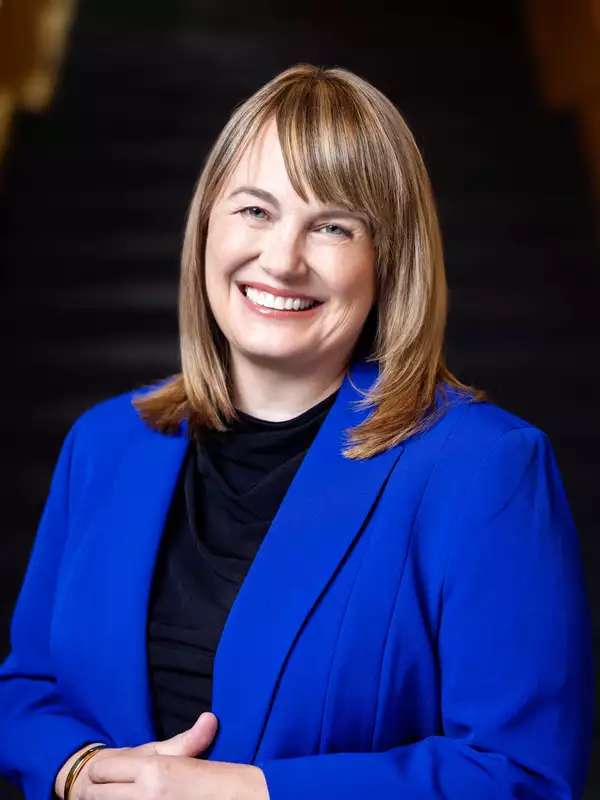

If there’s anything the last two years has taught us, it’s that none of us can function at our best in isolation.
We simply can’t solve big problems alone.
That’s why collaboration is the key to addressing the critical issues we face today, from global pandemics to climate change.
On World Water Day (March 22), I had the opportunity to sit down with award-winning environmental journalist Cynthia Barnett for an engaging conversation on the urgency of water, the protection of which is central to our very survival as a species. We discussed sustainability, the power of organized environmental action, and how the climate crisis is disproportionately impacting women. Barnett, who reports on water and climate worldwide, explained how storytelling can raise awareness of these issues and inspire people to do what’s needed to find and enact solutions: This requires listening, research, and, most importantly, collaboration.
This June, we are highlighting the “Interdisciplinary” nature of STEM. As we embark on this special month of programming for the Barnard Year of Science (BYOS), I’ve been thinking a great deal about something that came up in my discussion with Barnett — what psychologists call “collective intelligence.” We’re all familiar with the idea of general intelligence, which IQ tests are designed to measure. But the ability to predict an individual’s success on exams isn’t the be-all and end-all. It’s our ability to come together as a group to tackle big problems — our collective intelligence — that we should be focusing on if we’re concerned at all about real-world applications. This is at the heart of what our yearlong celebration of science has been about and, fundamentally, what Barnard is about. We recognize that because our community members have different life experiences, they can see problems from different angles. The result is more creative brainstorming that leads to more innovative solutions that no one individual could have arrived at alone.
The Barnard Science Writing Fellows is a prime example of how our collective efforts strengthen the work we do. In this peer-to-peer writing program, students and faculty bring their knowledge to bear from various departments, helping one another to develop the tools to become effective communicators of science, from interpreting and conveying data clearly to building scientific arguments.
Barnard’s interdisciplinary approach is also the cornerstone of the work we do with our peers at Columbia. The feature story, “Bacteria in Space,” is a testament to the power of collaborative learning across academic fields and institutions: When computer science major Whitney Deng ’24 joined Columbia’s student-led team on a novel NASA mission to study antibiotic resistance in space, she had the chance to work alongside students from disciplines like microbiology to astrophysics. By harnessing their different skill sets, the students designed a complex experiment that traveled to the International Space Station.
Teamwork is an essential part of the equation in all spheres of collegiate life, and this spring, it led the Columbia Lions women’s basketball team to its record-breaking season. I had the great pleasure of watching our three Barnard players — Nicole Stephens ’24, Noa Comesaña González ’25, and María Ángel Lobón ’24 — help the Lions achieve this success with grit, camaraderie, and hard work. It is another example of how Barnard and Columbia bolster one another — in sports and in academics.
This past year has demonstrated that when we join forces, across disciplines, we’re more effective teachers and learners, scholars and thinkers. As Commencement nears, I know that this collaborative spirit will prepare the Class of 2022 — and all our students — for their next chapter.

